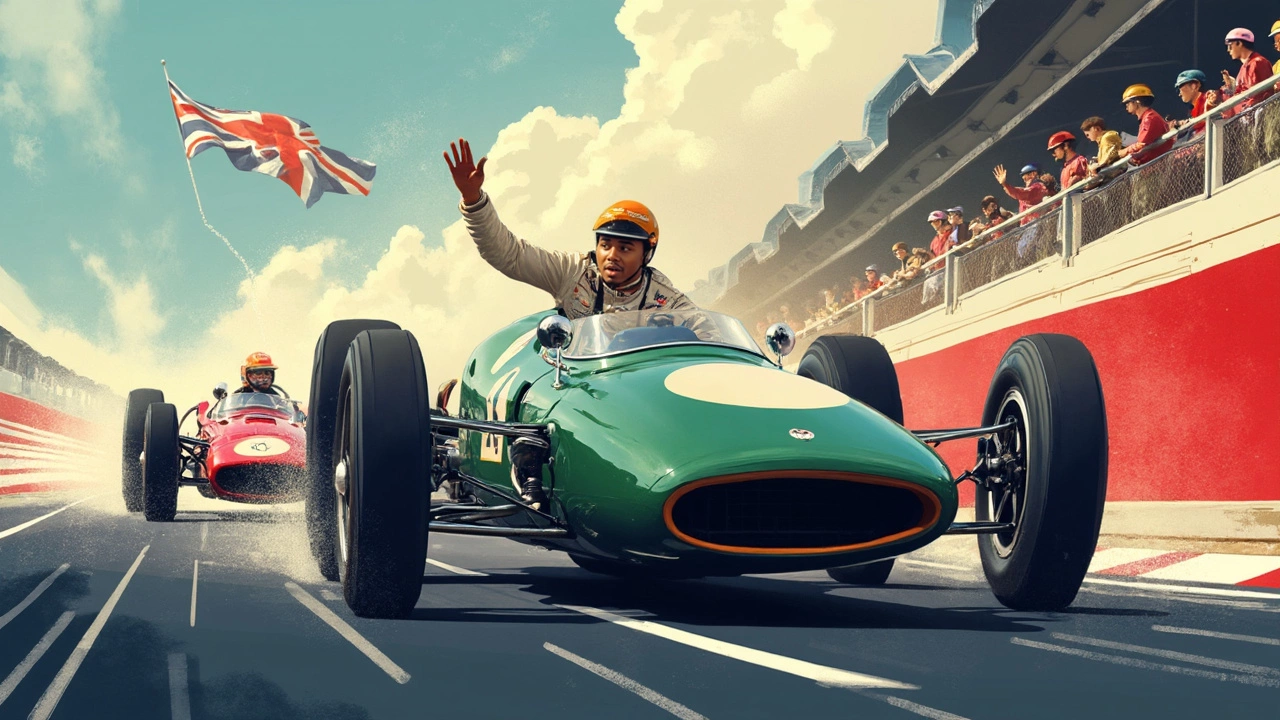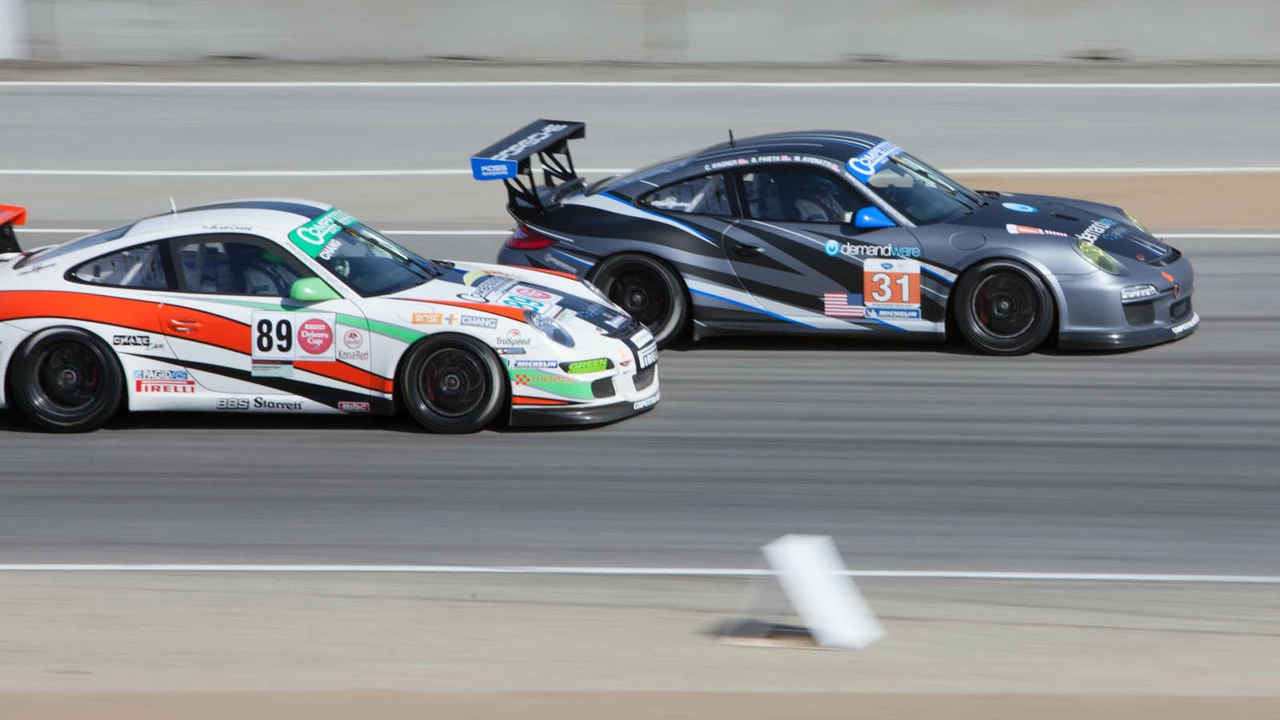Motorsports: Your Fast‑Track Guide to Racing History, Types and Tips
Welcome to the motorsports hub where speed meets know‑how. Whether you’re new to racing or a longtime fan, this page gives you the basics you need to follow the sport, understand its roots, and pick the right race to watch.
F1 History in a Nutshell
Formula 1 started over a hundred years ago, back in 1906, with simple road races that later turned into the high‑tech Grand Prix we know today. The early days were full of daring drivers, risky cars, and a lot of trial‑and‑error engineering. Over the decades, big names like Ayrton Senna and Michael Schumacher pushed the limits, turning F1 into a global phenomenon.
Key moments include the introduction of rear‑engine cars in the 1950s, the turbo era of the 1980s, and the recent hybrid power units that blend electricity with gasoline for extra speed. Each change brought new strategies, tighter competition, and more excitement for fans watching iconic tracks like Monaco or Silverstone.
Different Auto‑Racing Disciplines
Motorsport isn’t just F1. There are several racing families, each with its own flavor:
Rally Racing tests drivers on slippery, off‑road surfaces. It’s less about pure speed and more about control and endurance.
Stock Car Racing, best known from NASCAR, uses similarly built cars that race on oval tracks. The close‑quarter battles make every lap unpredictable.
Drag Racing is all about straight‑line power. Two cars line up, and in a few seconds they unleash massive acceleration to the finish line.
Endurance Racing focuses on stamina. Teams run for hours—sometimes 24—to see who can cover the most distance while keeping the car reliable.
Each type demands different skills from the driver and unique engineering solutions from the crew. Knowing the basics helps you pick the series that matches your interest.
For newcomers, a good starting point is to watch a short F1 recap, then try a rally or drag race video to see how the dynamics change. You’ll notice how aerodynamics dominate in F1, while raw power shines in drag racing.
Practical tip: when you watch a race, focus on a single element—like tyre strategy in F1 or fuel management in endurance events. That narrow view makes the sport less overwhelming and more enjoyable.
Our community also shares updates on the latest tech, driver moves, and race calendars. Jump in, ask questions, and you’ll quickly feel part of the racing world.
So whether you’re counting down to the next Grand Prix, planning to follow a rally series, or just love the sound of a V8 revving, this hub gives you the facts and tips to stay in the fast lane.

